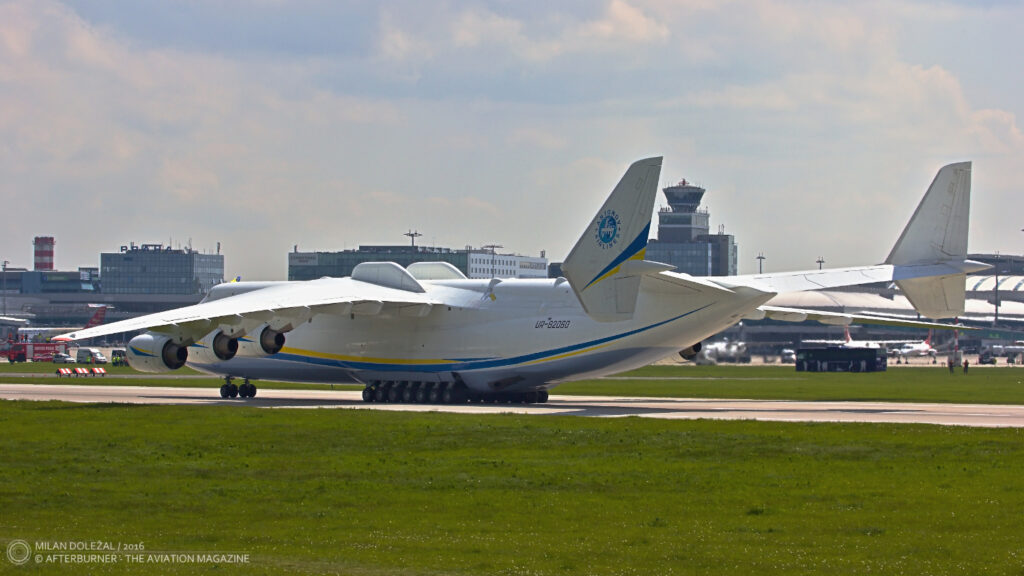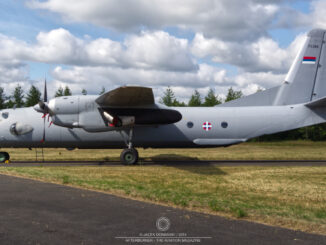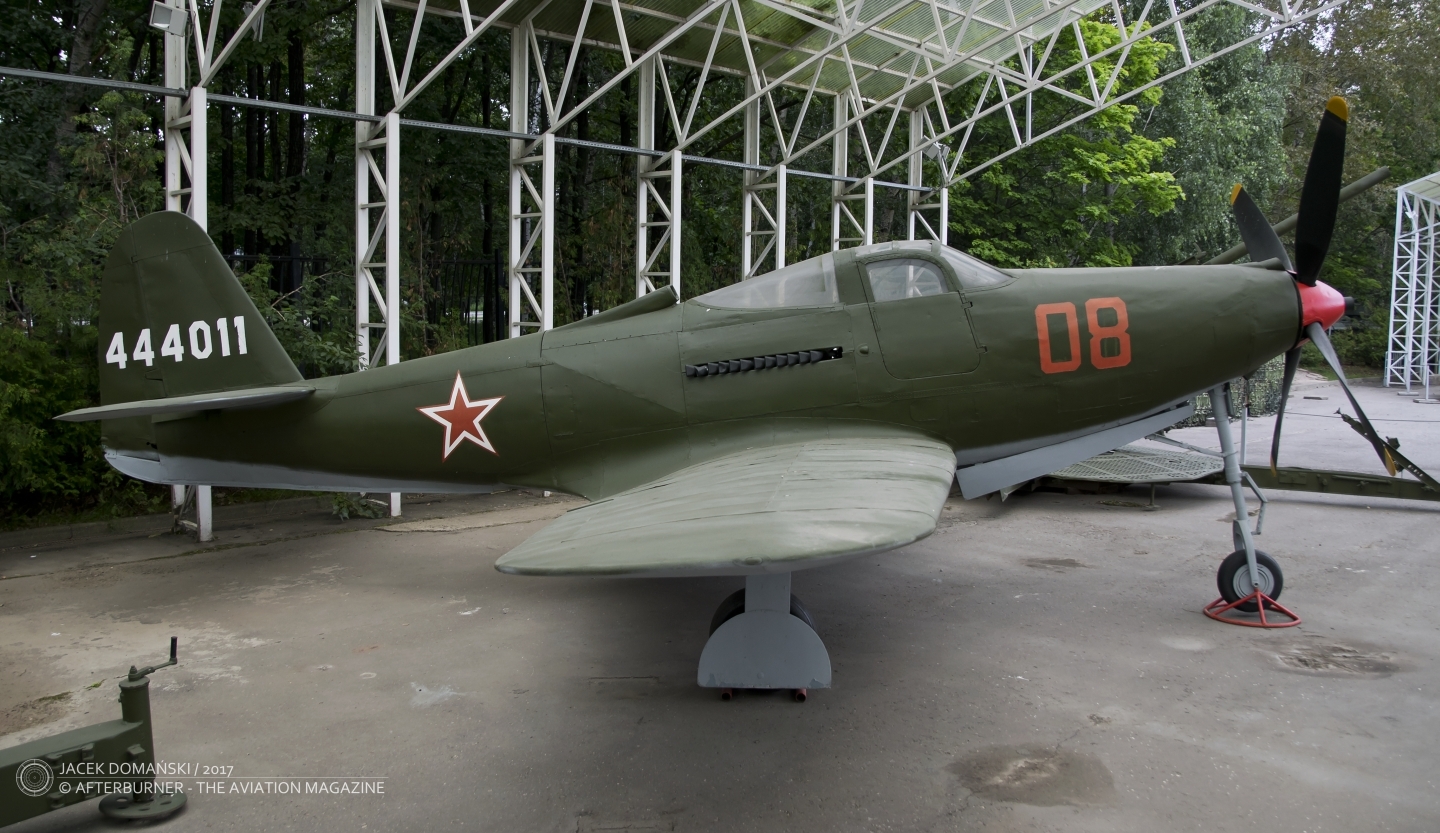 On 22nd March 1989, Antonov An-225 Mriya performed a test-flight with 156,3 tons of cargo on board. During the flight that lasted 3 hours and 45 minutes, the aeroplane set 110 aviation records in speed, altitude and weight-to-altitude categories.
On 22nd March 1989, Antonov An-225 Mriya performed a test-flight with 156,3 tons of cargo on board. During the flight that lasted 3 hours and 45 minutes, the aeroplane set 110 aviation records in speed, altitude and weight-to-altitude categories.
During almost 70 years of its existence, the Soviet Union went down in history of aviation as a country that developed several gigantic aircraft. Just a few of them were put into serial production, as for example Tupolev TB-3, Antonov An-124 and Tupolev Tu-160. Other were just purposedly made in one example and were marked by short service life, just like Kalinin K-7, Tupolev ANT-20 Максим Горький (Maksim Gorky), Sukhoi T-4 and Mil V-12.
Although the Antonov An-225 is just one of those aircraft that were made in only one example and with precisely specified task of carrying the Soviet space shuttle – the aircraft found alternative application after the fall of the Soviet Union and finally became an exemption from the short-service-life rule.
The reason behind the An-225 development was the need to secure air transport for Буран (Buran, English meaning ´snowstorm´ or ´blizzard´) space shuttle, in a similar way the NASA used to use Shuttle Carrier Aircraft (based on Boeing 747 jets) to carry the American shuttles.
Initially, the large elements of the Soviet spacecraft were carried with Мясищев ВМ-Т Атлант / Myasishchev VM-T Atlant, a purposedly modified M-4 strategic bomber. The VM-T made its first flight in April of 1981 and two examples of that special cargo airlifter were built.
During the 1980s, the VM-Ts were used to carry elements of Energia rocket systems to the Baikonur Cosmodrome (in today´s Kazakhstan). The Atlant was also the first to ferry uncomplete Buran shuttles to the Cosmodrome. Nevertheless, it turned out that the VM-T, the aircraft with its origin dating back to 1950s, was not effective enough for that specific duty. In addition, they were coming to end of their service life.
In consequence, in 1984 the Soviet government launched a development programme aimed for creation of the VM-T successor. The requirements were the new aircraft should be able to pick up the Buran from alternative landing places. Therefore, the shuttle carrier had to be able to operate from 3,500 metres long runways and to have a payload capacity of 250 tons, both internally and externally.
As the base for the new shuttle carrier an existing aircraft, Antonov An-124 Руслан (Ruslan) airlifter, was chosen. The aeroplane was stretched, received new central wing section and completely redeveloped tail section, as well as two additional Progress D-18T turbofan engines were added.
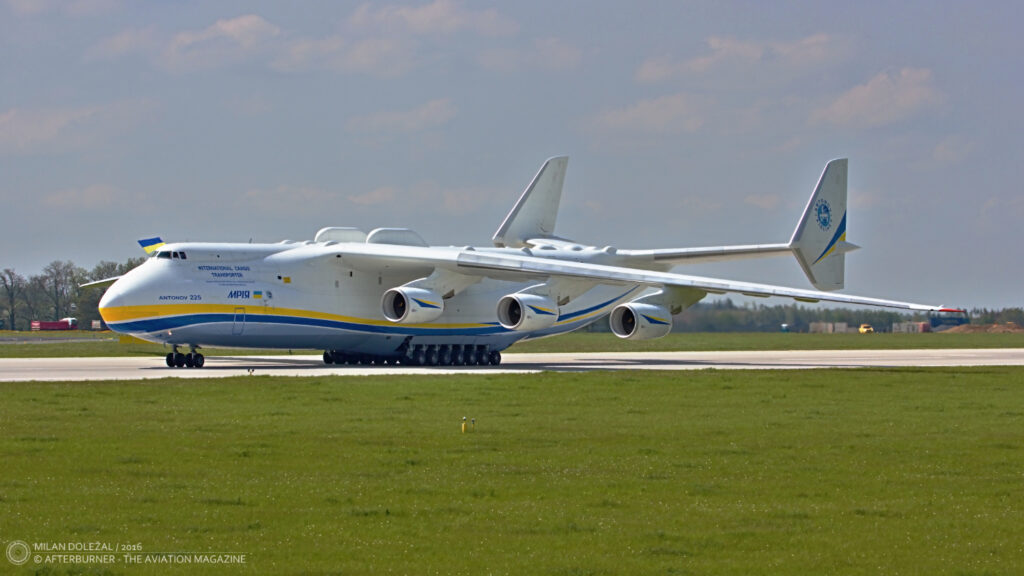
The new aircraft, designated An-225 Мрія (Mriya, a Ukrainian word meaning ´dream´ or ´inspiration´ in English), was developed by a huge team of Soviet aviation engineers, led by chief designer of the aforementioned An-124, Viktor Tolmachev. Although coordination of the project was assigned to Antonov construction bureau, creation of the An-225 was a collective effort of the entire Soviet aviation industry. There were at least eight construction offices involved in the development, located in different parts of the Soviet Union – Kiev, Zaporozhe in today´s Ukraine; Moscow, Ulyanovsk, Gorki and Voronezh in now Russia; as well as Tashkent in today´s Uzbekistan.
The An-225 successfully performed its maiden flight on 21st December 1988. Next year, it was for the first time disclosed to general public at the Paris Air Show in Le Bourget. The Mriya arrived to France as flagship of the Soviet aviation and space programmes, carrying the Buran shuttle atop.
The An-225 was a truly unique aircraft. According to Antonov Airlines, during its lifetime the Mriya set 214 national and 124 world records in speed, altitude and weight-to altitude categories. The An-225 was the heaviest aircraft ever built and had the largest wingspan among any operational aeroplanes.
The uniqueness of the An-225 was proved during the test flight the aircraft performed on 22nd March 1989. During the single flight, the Mriya set the incredible number of 110 aviation records in total – that, by the way, was also a record itself.
Nevertheless, development of the An-225, as well as the Buran programme, were just a swan song of the Soviet aerospace industry. On 26th December 1991, the Soviet Union was officially dissolved and both Mriya and Buran programme were cancelled.
The Soviet space shuttle project slumbered into oblivion and several test examples of the Buran are still rotting in different locations within the former Soviet Union. The only airworthy example of the An-225 made its last flight in 1994. Then, the engines and other equipment were dismounted and used as spare parts for the Ruslans. The aircraft was put into long-term storage and forgotten. At the same time, works on the second example of the Mriya were ceased at the stage of partially completed airframe.
However, a market demand for an aircraft larger than the An-124 appeared in the 2000s. There was certain interest in quick transportation of large and heavy cargo, from both military authorities and civilian companies from all over the world. Therefore, the Antonov aviation company – a Ukrainian successor of the Soviet Antonov construction bureau – decided to restore the An-225 for commercial use. The aircraft was partially modernized, received new engines and was put into service within the Antonov Airlines, a cargo carrier branch of the Antonov company. On 3rd January 2002, the Mriya performed its first commercial flight after restoration.
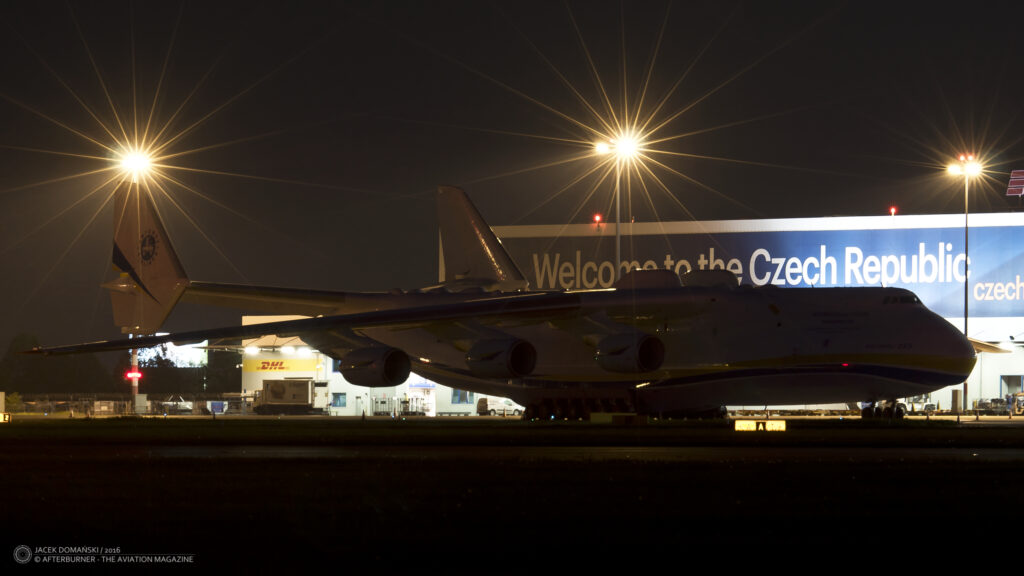
During its second, commercial service, the An-225 set several further aviation records. The most important was the flight performed on 11th September 2001, when the aircraft took-off with a cargo load of 253,82 tonnes (279.79 short tons), consisting of five main battle tanks. It was the heaviest load in aviation history. In addition, during that flight the Mriya achieved an altitude of 35,270 feet (10750.296 metres) flying at a speed of 763.2 kph.
On 11th June 2010, the An-225 took-off with the longest air cargo in aviation history. Its load consisted of two wind turbine blades, each of 42.1 m long.
Regrettably, the second operational life of the An-225 was suddenly terminated on 27th February 2022. The aircraft was damaged beyond repair during the Battle of Hostomel Airport, where it was parked at the time of the outbreak of the Russo-Ukraine war.
The damage of the heaviest aircraft ever made was related with several controversies. Opinions that the aircraft could be saved from destruction appeared shortly after the battle. Reportedly, the Antonov Airlines received a warning of incoming danger of the Russian invasion but it was ignored and the An-225 was held in Hostomel.
The rumours were confirmed during an investigation carried out by the Ukraine´s Security Service (USS). It was concluded in February of 2024 and gathered evidence to convict Serhii Bychkov, the former general director of the Antonov State Enterprise, and Oleksandr Netosov, the head of its aviation security unit. According to the USS, the accused refused to allow the National Guard of Ukraine to enter the airport in the eve of invasion and to prepare for its defence.
However, the case of the destruction of the biggest airlifter in the world is still far from being explained and concluded. New rumours and speculative evidence are emerging all the time, but they sound pretty wild. Whether any of them will come to something more than just cheap sensationalism, only the time will tell.